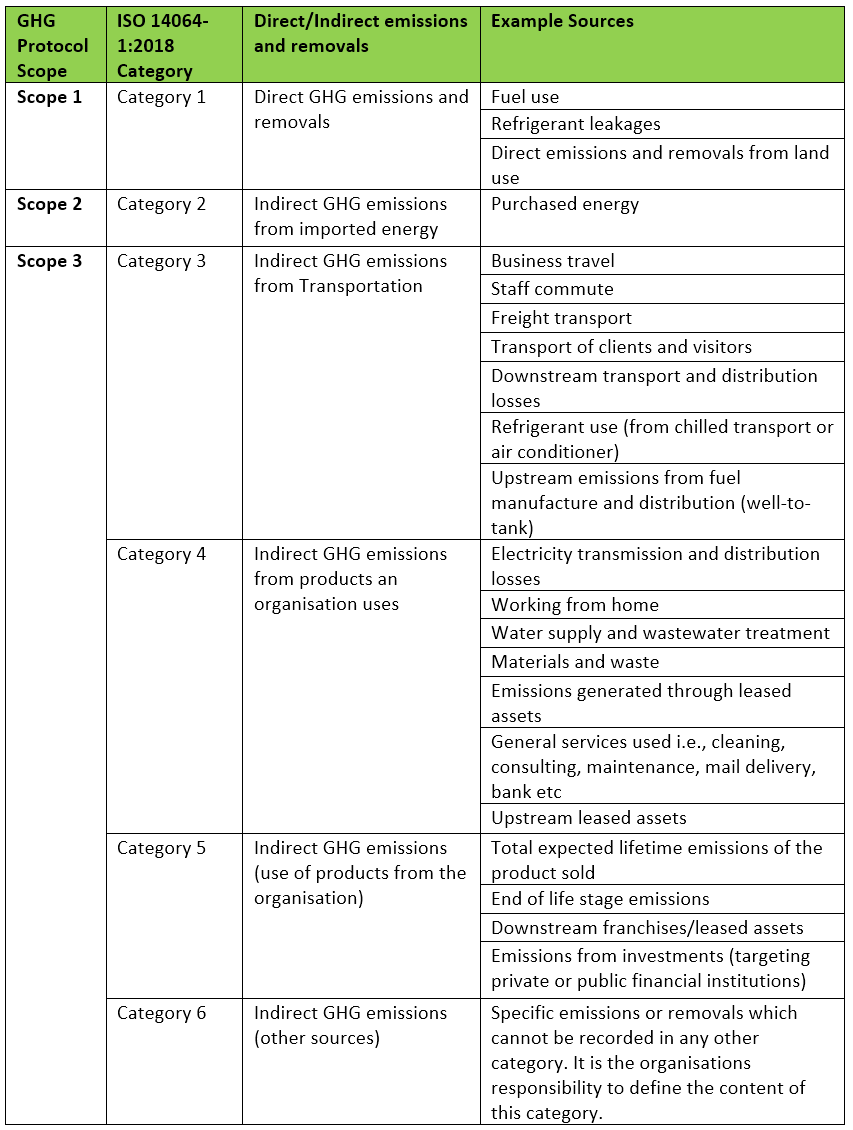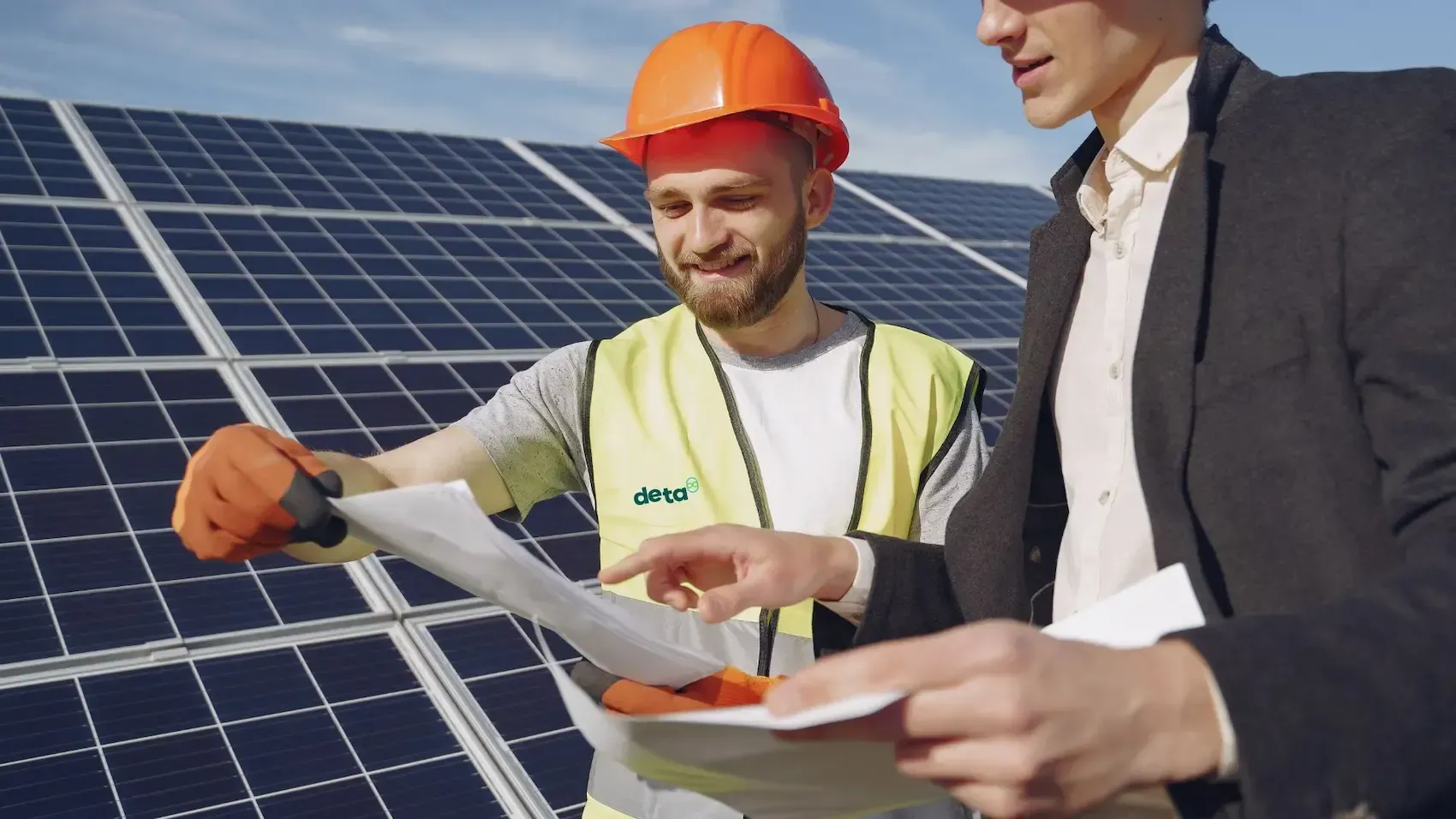Emissions Inventory Reporting: What It Means for You
The way that greenhouse gas (GHG) emissions are being reported is changing, so what will this mean for you?
Currently, GHG emissions reporting in New Zealand follows the GHG Emission reporting Protocol which breaks down emissions into three “scopes”:
· Scope 1 – Direct GHG emissions and removals
· Scope 2 – Indirect GHG emissions from imported energy
· Scope 3 – Other indirect GHG emissions
From 2021, emissions inventory reporting will now align with ISO 14064-1:2018 which breaks emissions down into six “categories” rather than three “scopes”.
Scope 1 and 2 emissions map directly to Categories 1 and 2, which is nice and easy. The main difference is that Scope 3 emissions will now be separated out into Categories 3-6, providing more granular reporting.
The table below summarises these changes, using information from ISO 14064-1:2018 and the Ministry for Environment Detailed Guide 2020.
Based on our experience, the most difficult emissions to quantify are typically within Categories 5 and 6.
Category 5 emissions, by definition, require the emissions across the lifecycle of a product to be measured and recorded. This means that an organisation should measure and track product emissions through each stage of life or define a plausible life cycle along with associated emissions at each stage of life.
Category 6 emissions include any emission sources which cannot be recorded in any other category. It is up to the organisation to define and report on Category 6 emissions.
In our opinion, the shift from “scopes” to “categories” should help to make it easier for businesses to report on and understand annual emissions, which can only be a good thing!
For more detailed information, please refer to ISO 14064-1:2018 or feel free to contact our team for any questions.






